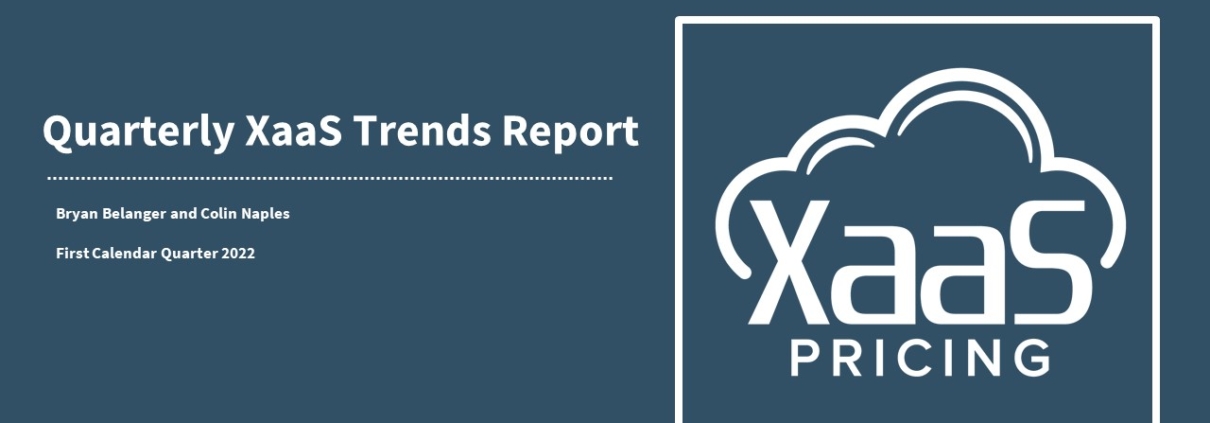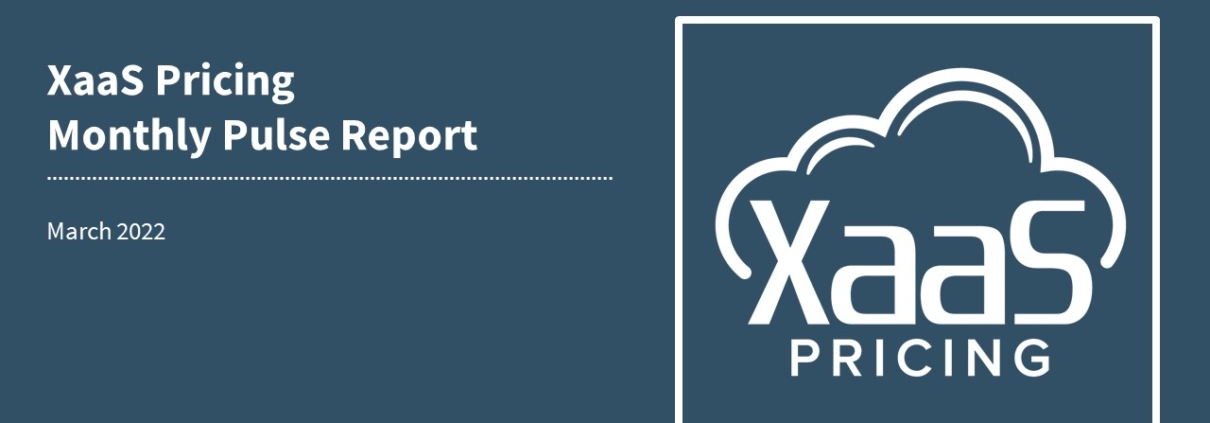Value-based pricing strategies are undeniably successful and the appropriate path forward for most SaaS vendors. However, there’s a fundamental challenge for startup founders specifically: Value-based pricing strategy design requires a lot of data and research, which is cost prohibitive and time consuming for most early-stage companies.
To craft a representative comparison for SaaS pricing, you must consider differences in price points, pricing models, deal volume, packaging, tiering strategy, usage conditions, discounts, customer relationship and competitive bidding situations, among a multitude of other factors
For our purposes, usage-based pricing is a model in which customers pay for what they actually use or consume. Pricing is tied to a defined and clear usage metric, and customers are billed in arrears (usually monthly) for what they actually use.
Simplicity wins over most things when building an XaaS pricing model and strategy. Customers care about a problem that needs solving and the dollars they will have to spend to solve that problem. The easier it is to make that connection (and prove the value for cost), the easier the conversion.
Discounts are a well-known but controversial topic for XaaS vendors; they are an expected element of pricing and negotiation, but are known to have a detrimental impact on key SaaS financial metrics
Trends toward free tiers, usage-driven models and pricing transparency disrupt all foundational aspects of the SaaS pricing strategy. A pricing page with quantitative pricing details in some form is best practice. Most firms do not highlight editions, but nearly all use forms, interactive content, and other anti-scraping measures to make competitive consumption of their list pricing more difficult.







 ©2022 XaaS Pricing. All rights reserved.
©2022 XaaS Pricing. All rights reserved.